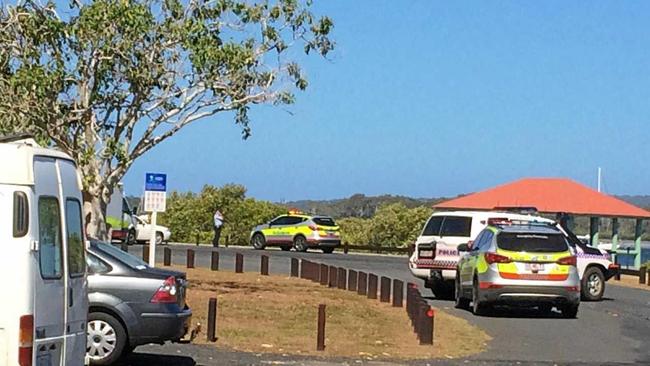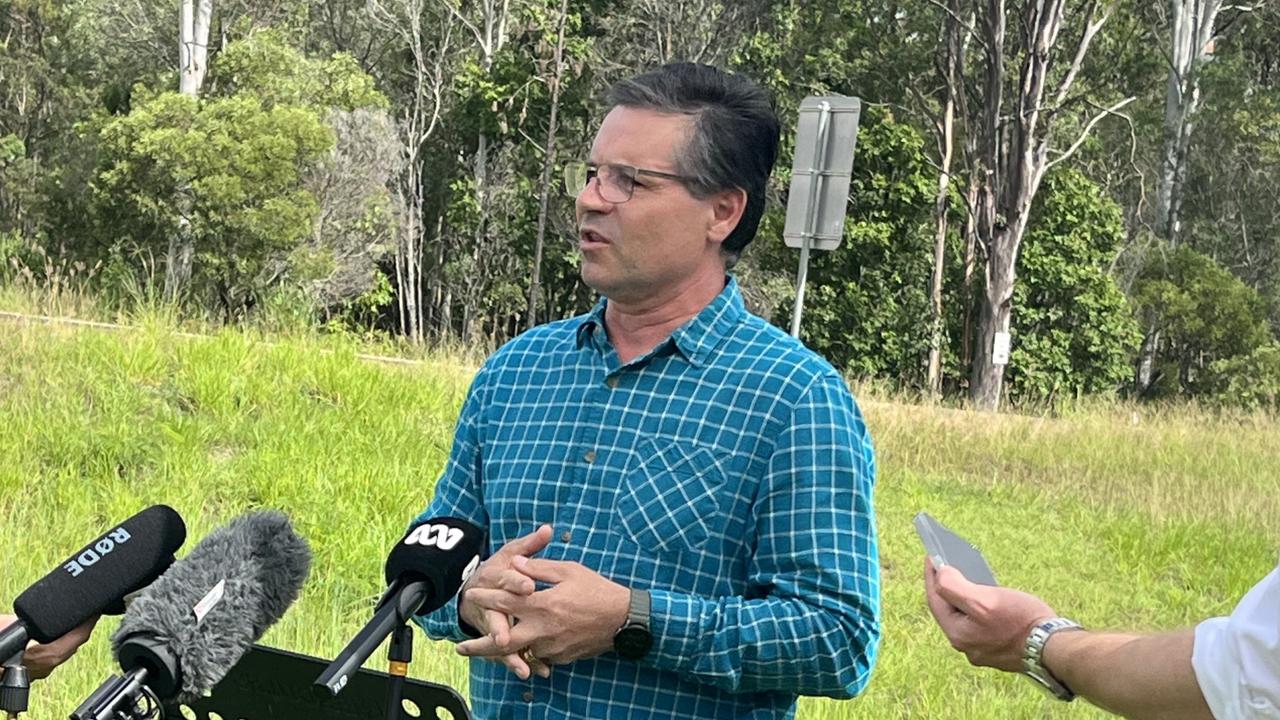Human instinct takes over in an emergency
The "bystander effect” is a common phenomenon in high-stress, high-pressure situations like the one at Tin Can Bay.
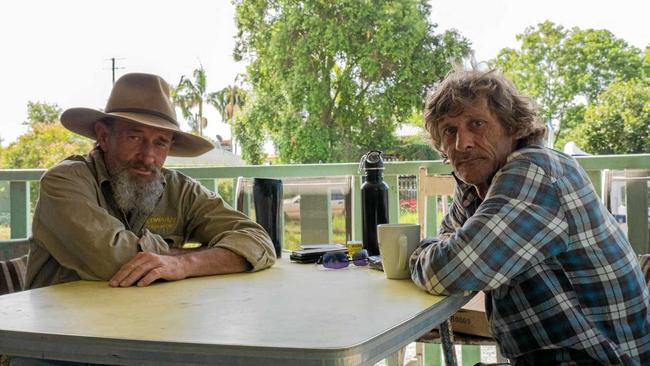
Gympie
Don't miss out on the headlines from Gympie. Followed categories will be added to My News.
THE superhuman courage Gympie truckie Adam Whitehouse showed when he risked his life to help two boys caught in an outgoing tide at Norman Point last Sunday was heroic.
He saved an eight-year-old boy's life; a stranger to him, but has been left with a unbearable burden of self-imposed guilt for not being able to save his nine-year-old friend.
At some point during that terrible struggle he registered in his mind a lack of quick response from some of the bystanders on the shore.
READ all stories related to the Tin Can Bay tragedy here:
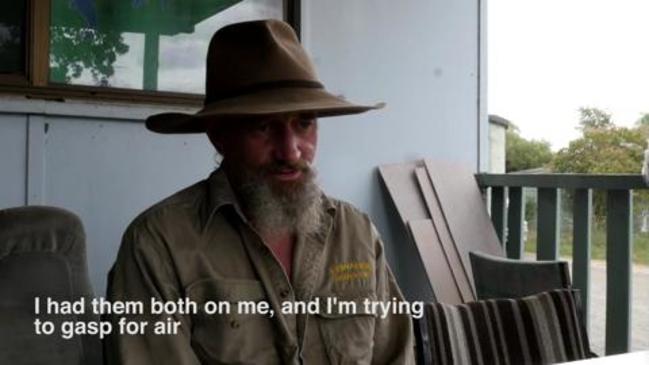
RELATED: 'I said I promise mate I won't let you die. I broke that promise.'
RELATED: Bay police will nominate Adam for bravery award
RELATED: Tin Can Bay drowning tragedy hero 'just that sort of guy'
RELATED: Boy drowns in day of tragedy at Tin Can Bay
Dr Rachael Sharman from the University of the Sunshine Coast said the "bystander effect" was a common phenomenon in high-stress, high-pressure situations like the one at Tin Can Bay.
As she explained, there was no one reason why a person might or might not react to danger, but said human beings did have a tendency to follow the actions of the crowd.
"For example, if two people rushed into action, chances are the crowd would follow them along and rush in as well," she said. "The opposite is true as well; if nobody makes a move that inaction often spreads amongst the crowd."
The inaction can be a psychological reaction to the presence of danger or stress as well, with the unconscious "fight or flight" instinct coming into play to inform decision making.
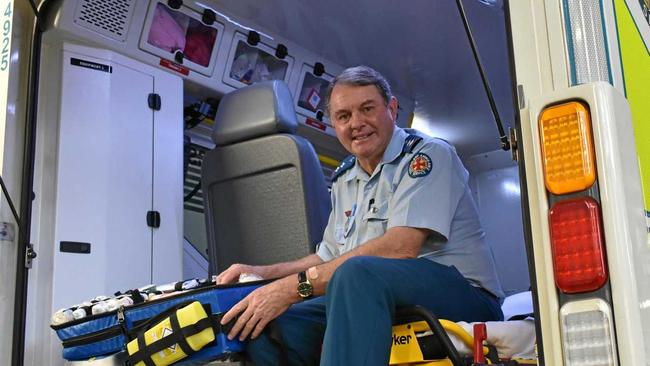
However, Gympie Ambulance officer-in-charge Wayne Sachs said Adam's brave efforts reflected what he had overwhelmingly observed over his 42 years as a first responder.
"Whenever I've gone to a job like an accident or medical issue there's always someone there trying to be helpful," he said.
The long-time paramedic said he could not remember going to anything where someone had died because someone neglected to do something.
"I think it's part of the way we're made as humans; you want to get in and help people."
He said tips for acting in an emergency included making sure there was no danger to yourself first, do a quick assessment of the trauma and try to do anything obvious that can help quickly and call 000 as soon as possible.
